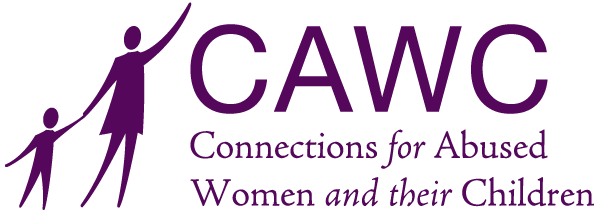By Ashley Ruiz, MSW, CDVP
HPOP Coordinator/Family Trauma Therapist
Normalizing Toxic Behaviors Causes More Harm
What is a behavior or romantic gesture that has been normalized but is clearly very unhealthy and toxic? Maybe someone calling or checking on you constantly, saying that they love you? Could it be feeling like the challenges you face in a relationship will get easier with time?
Society has a long history of normalizing – and even romanticizing – toxic and abusive behavior, which makes it harder to break the cycle of violence. We see gaslighting and controlling behaviors lauded in our favorite media, which makes abuse seem like something to strive for. Behaviors that make someone feel afraid, threatened, powerless, crazy, or rejected are talked about as if they’re normal. Over the past year being in a toxic relationship or claiming to be toxic has even become a trend. This has happened especially in the Spanish speaking community, where describing someone as tóxico or tóxica is now a term of endearment. Although recognizing behavior as abusive is an important first step to ending violence, there is a problem when abuse becomes so casual that it undermines real pain caused.
Talking about abuse in a lighthearted way not only normalizes a toxic behavior, but further devalues what a survivor goes through. It gives the message that being possessive, lashing out in anger, or gaslighting someone is not something to be taken seriously. It tells survivors that what they have experienced is nothing major and that if they don’t like it, they should just leave. Being in a toxic or an abusive relationship is not the romantic relationship someone would like to have. It can be very draining and self-degrading.
And abusive relationships are much more common than you may think. According to the National Domestic Violence Hotline, “an average of 24 people per minute are victims of rape, physical violence or stalking by an intimate partner in the United States.” The normalization of toxic and abusive behaviors can be seen anywhere, but it is up to each of us to learn more about what does not seem right or where this comes from. If you or someone in your circle makes a joke about abusive behaviors, try to understand how this can continue to further perpetuate abuse. Together, we can change this cycle by calling out the behaviors that can destroy someone’s life.
Remember, domestic abuse exists in many forms. The degree of visible injury is not what defines an act as abusive. It is the existence of the behavior itself and the resulting atmosphere of power and control that defines this.
